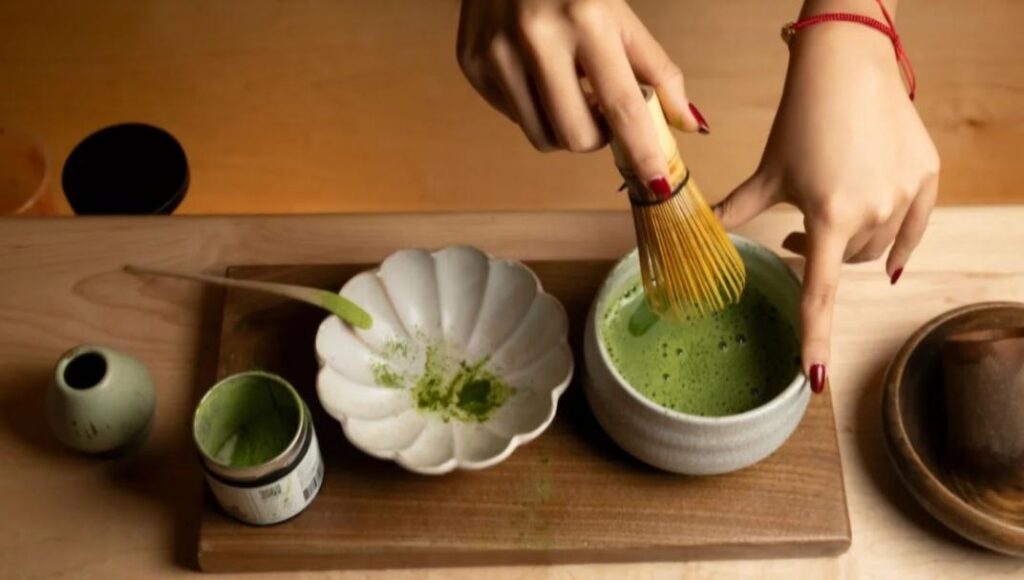
Understanding Ceremonial Grade Matcha: What Sets It Apart
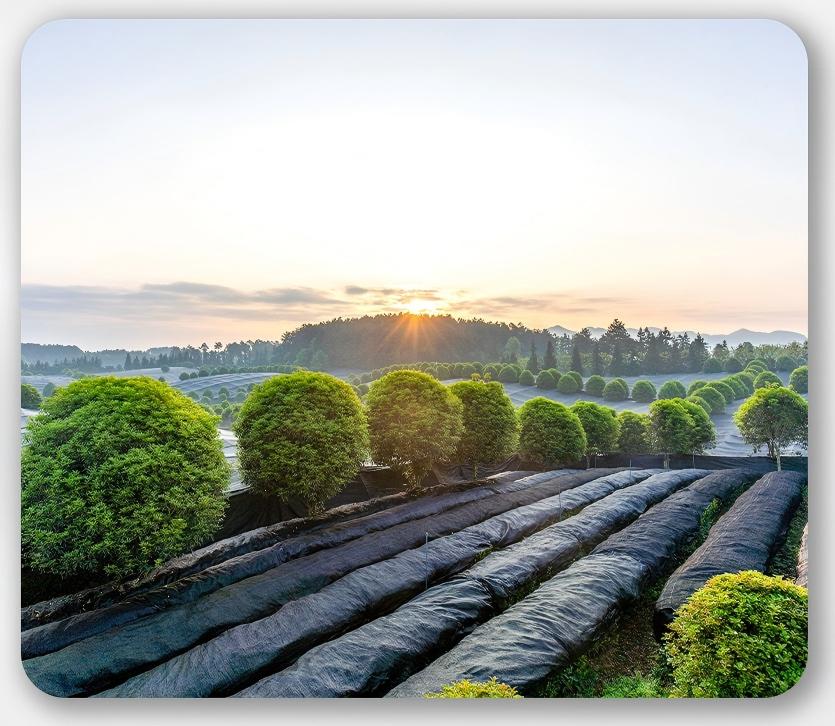
Ceremonial grade matcha represents the pinnacle of Japanese tea craftsmanship. When searching for a ceremonial grade matcha supplier, understanding what distinguishes this premium category from culinary grades is essential. True ceremonial matcha comes from the first spring harvest, where only the youngest, most tender tea leaves are selected. These leaves, shaded for 20-30 days before harvest, develop a vibrant jade-green color and accumulate higher concentrations of chlorophyll and L-theanine.
The production process for ceremonial grade matcha requires meticulous attention to detail. After harvesting, the leaves undergo a careful steaming process to preserve their nutritional content and brilliant color. The stems and veins are completely removed, leaving only the pure leaf tissue, known as tencha. This tencha is then stone-ground using traditional granite mills, with each mill producing only 30-40 grams per hour. This slow, careful grinding process prevents heat buildup that could damage the delicate compounds and ensures an ultra-fine powder with particles measuring just 5-10 microns.
Key Qualities to Look for in a Ceremonial Grade Matcha Supplier
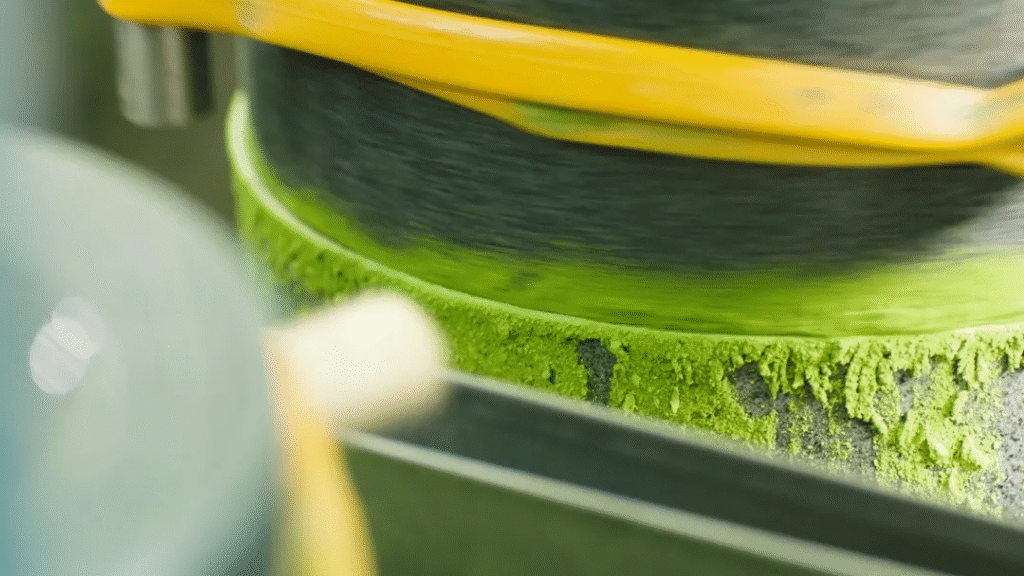
Finding a reliable ceremonial grade matcha supplier requires evaluating several critical factors. First and foremost, transparency about sourcing is paramount. Reputable suppliers should clearly identify the specific region in Japan where their matcha originates. The most prestigious ceremonial grade matcha comes from Uji in Kyoto Prefecture, Nishio in Aichi Prefecture, and certain areas of Kagoshima. Each region imparts unique flavor profiles due to differences in climate, soil composition, and cultivation techniques.
A trustworthy supplier provides detailed information about their farmers and production methods. Look for suppliers who work directly with tea estates that have been cultivating matcha for generations. These established relationships ensure consistent quality and adherence to traditional production standards. The supplier should be able to provide harvest dates, as ceremonial grade matcha is best consumed within 6-12 months of production for optimal flavor and nutritional benefits.
Laboratory testing and certification represent another crucial consideration. Leading ceremonial grade matcha suppliers invest in third-party testing for heavy metals, pesticides, and radiation. They should readily provide certificates of analysis upon request. Additionally, organic certification from recognized bodies like JAS (Japan Agricultural Standards) or USDA Organic indicates adherence to strict cultivation standards without synthetic pesticides or fertilizers.
Evaluating Matcha Quality: Visual, Aromatic, and Taste Indicators
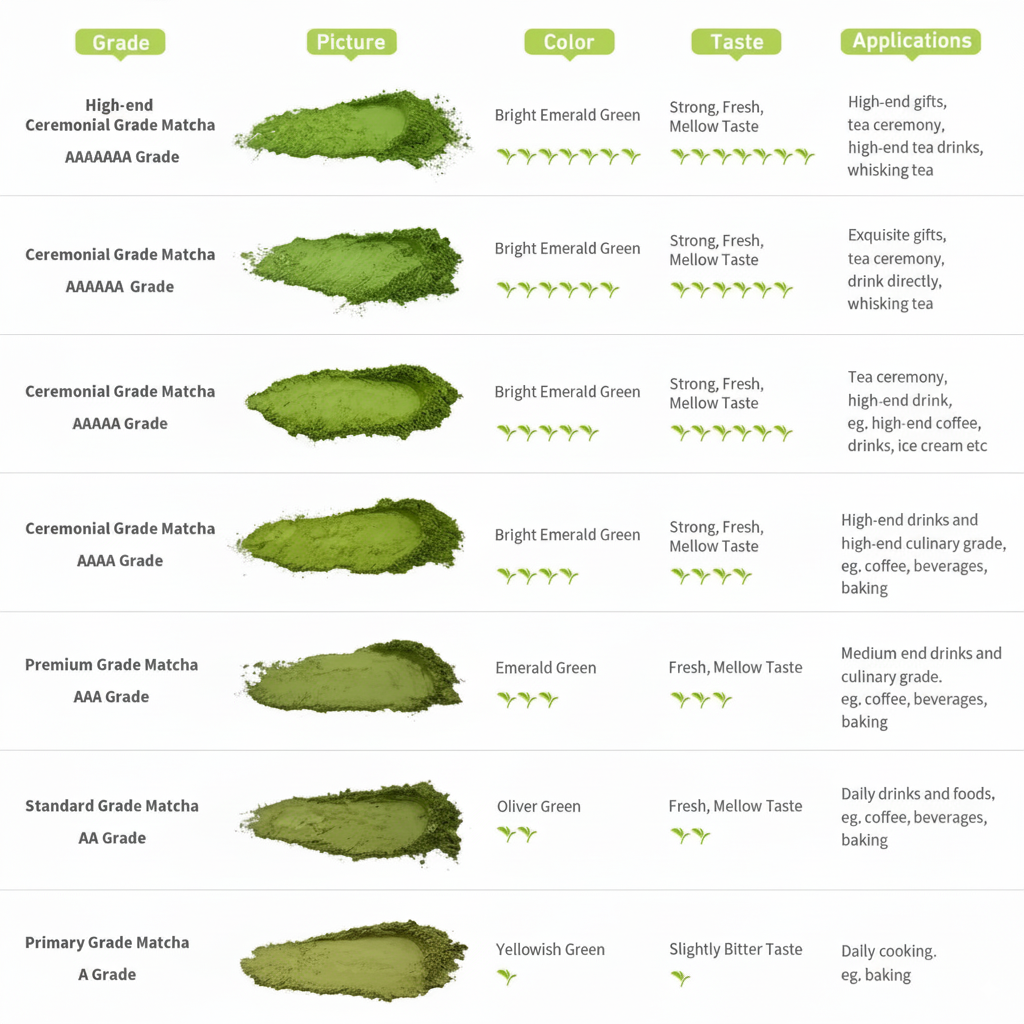
Authentic ceremonial grade matcha exhibits distinctive characteristics that set it apart from lower grades. The powder should display a vibrant, almost electric green color. Any yellowing or dull olive tones indicate oxidation or lower quality leaves. When rubbed between fingers, ceremonial grade matcha feels silky and fine, similar to eye shadow or baby powder, without any grittiness.
The aroma of high-quality ceremonial matcha is complex and inviting. Fresh ceremonial grade matcha emits a sweet, vegetal scent reminiscent of fresh grass or seaweed, with subtle notes of sweetness. This delicate fragrance should never smell bitter, fishy, or overly grassy. When whisked with water, the aroma becomes more pronounced, releasing additional layers of complexity.
Taste serves as the ultimate quality indicator. Ceremonial grade matcha should have a smooth, creamy texture with natural sweetness balanced by pleasant umami notes. The initial taste might carry slight vegetal notes that quickly give way to sweetness, leaving a clean, refreshing finish without any bitter aftertaste. The mouthfeel should be velvety and coating, creating a luxurious drinking experience that distinguishes ceremonial grade from culinary alternatives.
Regional Differences and Terroir in Japanese Matcha Production
The concept of terroir applies as much to matcha as it does to wine. Different regions in Japan produce ceremonial grade matcha with distinct flavor profiles. Uji matcha, considered the gold standard, typically offers a perfect balance of umami and sweetness with a refined, elegant character. The misty climate and mineral-rich soil of the Uji region contribute to its exceptional quality.
Nishio, responsible for producing over 60% of Japan’s matcha, excels in creating ceremonial grade varieties with pronounced umami and a creamy, full-bodied texture. The region’s innovative shading techniques and optimal growing conditions produce matcha with exceptional chlorophyll content and vibrant color. Meanwhile, Kagoshima’s volcanic soil imparts a unique mineral quality to its matcha, often resulting in a slightly more robust flavor with enhanced sweetness.
When selecting a ceremonial grade matcha supplier, consider whether they offer single-origin options or expertly crafted blends. Single-origin matcha allows you to experience the unique characteristics of a specific terroir, while blended ceremonial grade matcha can offer consistent flavor profiles year-round by combining harvests from different estates or regions.
Storage, Handling, and Freshness Considerations
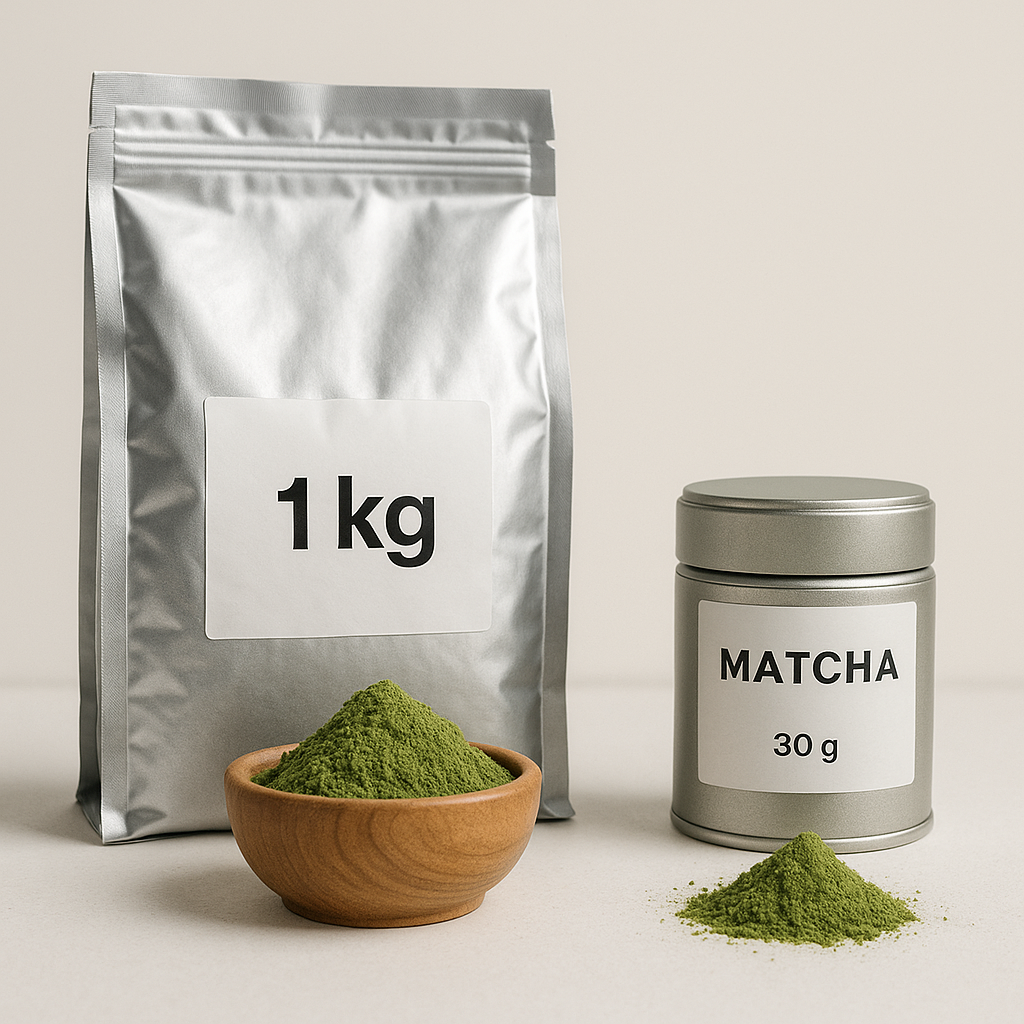
A professional ceremonial grade matcha supplier understands that proper storage and handling are crucial for maintaining product quality. Matcha is extremely sensitive to light, heat, air, and moisture. Superior suppliers package their ceremonial grade matcha in airtight, opaque containers that protect against oxidation and UV damage. Some use nitrogen-flushing techniques to remove oxygen from packaging, further extending shelf life.
Temperature control throughout the supply chain is essential. From production facility to warehouse to shipping, ceremonial grade matcha should be kept cool and dry. Leading suppliers maintain climate-controlled storage facilities and use expedited shipping methods, particularly during warmer months. They should also provide clear storage instructions for customers, recommending refrigeration after opening and consumption within 30-60 days for optimal quality.
Batch dating and lot tracking demonstrate a supplier’s commitment to freshness and quality control. Each package should clearly display the harvest date and best-by date. Some premium suppliers even provide QR codes or batch numbers that allow customers to trace their matcha back to the specific harvest and farm, ensuring complete transparency and accountability.
Pricing Structures and Value Propositions
Understanding pricing for ceremonial grade matcha helps identify legitimate suppliers versus those making unfounded claims. Authentic ceremonial grade matcha commands premium prices due to limited production, labor-intensive processing, and high demand. Expect to pay $25-80 per ounce (30 grams) for genuine ceremonial grade matcha, with exceptional varieties potentially exceeding $100 per ounce.
Suspiciously low prices often indicate misrepresented culinary grade matcha or blends containing fillers. However, the highest price doesn’t always guarantee the best quality. Evaluate the overall value proposition, considering factors like direct sourcing relationships that eliminate middlemen, bulk purchasing options for regular consumers, and subscription models that offer discounts while ensuring fresh supply.
Professional ceremonial grade matcha suppliers often provide sample sizes or discovery sets, allowing customers to experience their products before committing to larger purchases. This demonstrates confidence in their quality and helps customers find varieties that match their preferences. Look for suppliers who offer satisfaction guarantees or return policies, indicating they stand behind their products.
Supplier Credentials and Industry Reputation
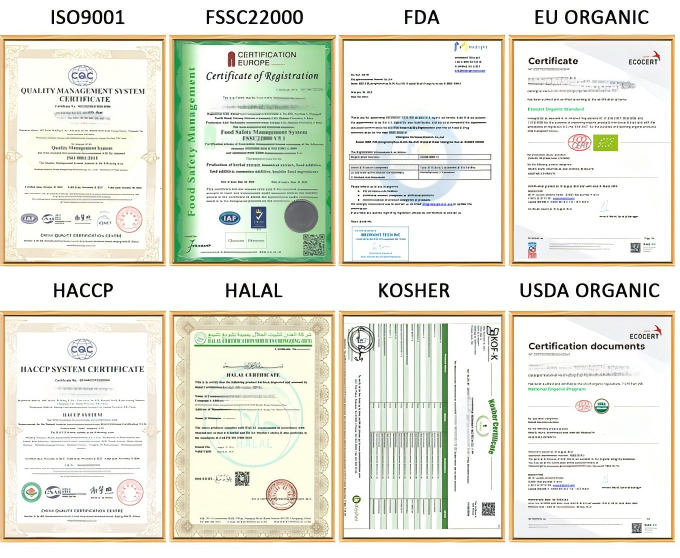
Establishing credibility in the ceremonial grade matcha market requires more than marketing claims. Research potential suppliers’ backgrounds, looking for those with established relationships in the Japanese tea industry. Many reputable suppliers are members of organizations like the Japanese Tea Association or have certifications from tea sommelier programs.
Customer reviews and testimonials provide valuable insights, but look beyond the supplier’s website. Independent review platforms, specialty tea forums, and social media discussions offer unbiased perspectives on product quality and customer service. Pay attention to how suppliers respond to criticism or quality concerns, as this reveals their commitment to customer satisfaction.
Professional ceremonial grade matcha suppliers often participate in industry events, tea competitions, and educational initiatives. They may offer workshops, tea ceremony classes, or detailed educational content about matcha culture and preparation techniques. This investment in education demonstrates expertise and genuine passion for sharing authentic Japanese tea culture.
Sustainability and Ethical Sourcing Practices
Modern consumers increasingly value sustainability and ethical sourcing when choosing a ceremonial grade matcha supplier. Leading suppliers prioritize environmental stewardship through organic cultivation methods, biodegradable packaging, and carbon-neutral shipping options. They support traditional farming communities in Japan, ensuring fair compensation for farmers who maintain centuries-old cultivation techniques.
Look for suppliers who discuss their relationships with tea farmers and their efforts to preserve traditional matcha production methods. Some suppliers participate in programs that support younger generations entering tea farming, helping preserve this cultural heritage. Others invest in renewable energy for their facilities or contribute to reforestation projects in tea-growing regions.
Transparency about labor practices and supply chain ethics distinguishes responsible suppliers. They should be able to explain how their sourcing practices benefit local communities and contribute to the long-term sustainability of ceremonial grade matcha production in Japan.
Making Your Final Supplier Selection
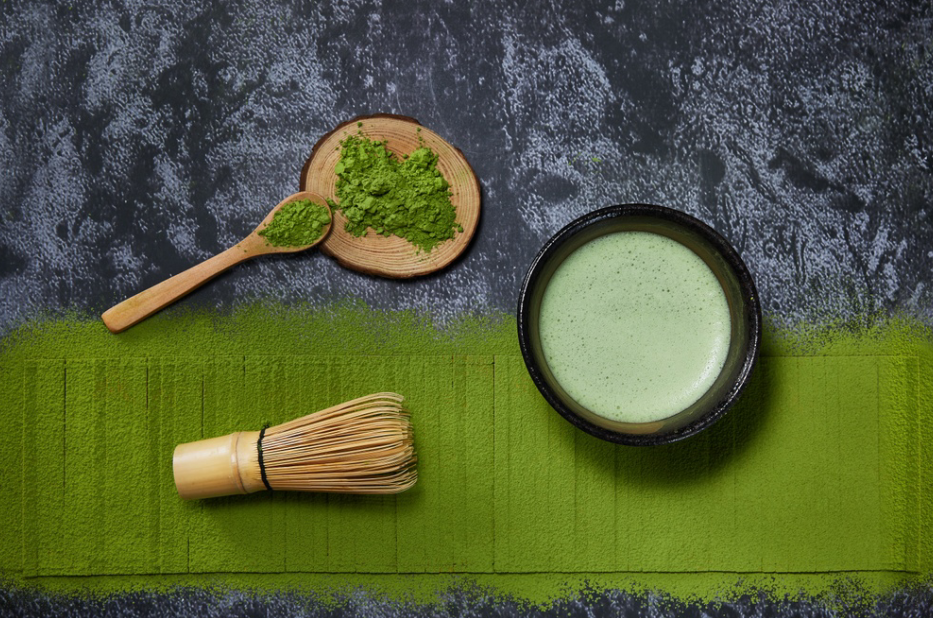
Choosing the right ceremonial grade matcha supplier ultimately depends on your specific needs and preferences. Consider whether you prioritize organic certification, specific flavor profiles, or particular regions of origin. Evaluate the supplier’s customer service, shipping policies, and educational resources. A supplier that takes time to understand your preferences and provides personalized recommendations demonstrates genuine commitment to customer satisfaction.
Start with small orders from multiple suppliers to compare quality, freshness, and service. Pay attention to packaging quality, shipping speed, and how well the product matches its description. Document your impressions of each matcha’s color, aroma, taste, and overall experience. This systematic approach helps identify suppliers that consistently deliver exceptional ceremonial grade matcha.
Remember that finding the perfect ceremonial grade matcha supplier is a journey of discovery. As your palate develops and preferences evolve, you may find yourself exploring different suppliers for various occasions. The key is choosing suppliers who share your appreciation for quality, authenticity, and the rich cultural tradition that ceremonial grade matcha represents.
When selecting a ceremonial grade matcha supplier, prioritize transparency, quality certifications, and direct relationships with Japanese tea farms. The investment in authentic ceremonial grade matcha rewards you with an unparalleled tea experience that honors centuries of Japanese craftsmanship and tradition.
